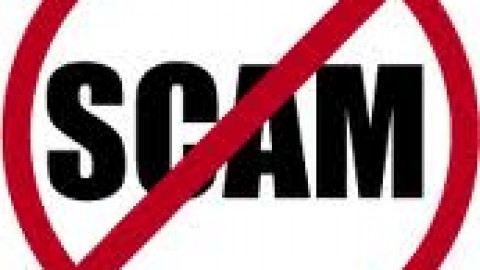Kath Walters
A code of conduct will not make a person behave ethically, but a code of ethics might, an ethics expert with over 20 years’ experience says.
And it provides a valuable framework for dealing with offenders against it.
Brian Moran, co-principle of Managing Values, told LeadingCompany that ethical breaches are increasingly judged as a business risk.
“Increasingly companies are tying ethics to risk,” he says. “That is interesting because risk is seen as a hard system. In the past, people have tended to think codes of ethics as wooly and esoteric, classic ‘feel good’ documents.”

Reputational Compliance
Many leaders have been too slow to catch up with the notion of the “court of public opinion”, he says. Ethics are determined by society, and companies that fail to act speedily will find society makes up its own mind. Social media means that such judgments can be swift, harsh and difficult to reverse.
The timing of an organisation’s response to an ethical issue, as Julia Gillard and federal MP Craig Thomson have learned to their detriment, is everything.
Code of ethics versus code of conduct: What’s the difference?
Companies often fail to distinguish between the two sorts of codes, to their detriment. “A code of conduct is a ‘thou shalt not’ document,” Moran says. “It makes the rules clear, it is prescriptive and often uses pejorative language. It is punishment-based, and used as a big stick. And it only comes out when someone transgresses.”
“It is trap that is set for people but no one tells you it is there, until you break the rules. There is classically very little training about the code.”
But the comfort suggested by setting down black and white rules is deceptive. Because it is impossible to cover every possibility, codes of conduct invite the errant to find ways of doing wrong but not breaking rules. Leaders are left without options to discipline them.
A code of ethics, conversely, is based on the principles intrinsic to a company’s values. In a recent example of a code of ethics for a utilities company, Moran says, the issue of respect is defined thus:
Respect for people. This means we always maintain the dignity of others, we practice open two-way communications, we show consideration for others, and we treat each other with fairness and equity.
“That might seem like statements of the obvious,” Moran says, “But if you don’t define it, one person can say, ‘How I interpret respect is different to the next’.”
Why the difference is important
Codes of ethics define the culture of an organisation. This was once defined as being, “The way we do things around here”, but leading companies no longer subscribe to that definition. It is now: “Why we do the things we do around here.”
If all an organisation’s members are going to buy into principles-based culture, its leaders must spell out why certain things are important. Moran defines the company’s values – the centerpiece of the code of ethics – and then provides examples of how to apply these.
“More important are the behaviors that exemplify values, that spell out what that value looks like in everyday situations.”
It the law or rules become the default position, people will often rationalise conduct: if it not illegal, it must be okay.
“Craig Thomson is the most pertinent example of that,” Moran says. “He has been investigated, and we can talk about the comprehensive nature of their report, but that organisation doesn’t have certain powers, and so there is another round of investigation. That is taking due process.”
“But – in the court of public opinion – will the person in the street take the view that regardless of any charge, his peers have acted in a way that calls him to account rather than just waiting for the law?”
How to enforce a code of ethics
A code of conduct is easily enforceable – one of its appeals. If you break this rule, you experience this consequence.
But a code of ethics need be no less effective, will cover more situations and be quicker to apply.
To start with, the code must be clearly written and easily accessible. The code Moran wrote for the utilities company is A5 in size, 20 pages long with about 100 words per page, written in simple language.
Moran recommends staff at every level need regular training in its use, including thinking of examples that test its limits.
In the event of a breach, leading companies can apply six steps to resolve the matter:
1. Define the problem. Get the facts, step back to reflect and take a look at the difficulties you are dealing with.
2. Look at it from the perspective of all the stakeholders rather from the narrow view of its effect on the people directly involved.
3. Identify the underlying principles, values and laws. The reason that this point comes third is that if it comes earlier, the law would be the default position. But what is legal is not always right.
4. Consider all the options. We tend to think in terms of dualities, a right or wrong answer, that is our society’s position. There might be a number of options open. List these, then ask yourself, “What is the option that honours all the stakeholders?”
5. If you are still not in a position to make a decision, seek the opinion of someone who matters. Do not go “opinion shopping” for someone who agrees with your own view, but ask someone who has carriage of the ethical dimension of the organisation.
6. Make a decision and act. Do not be stymied or ossified into not acting quickly, nor provoked into acting too quickly in a bid for summary justice. “You have to know that you have the right answer, and that this is going to have a significant impact,” Moran says. If you cannot satisfy all stakeholders, consider the primary stakeholders, those who are essential to the enterprise.
Source: smartcompany







